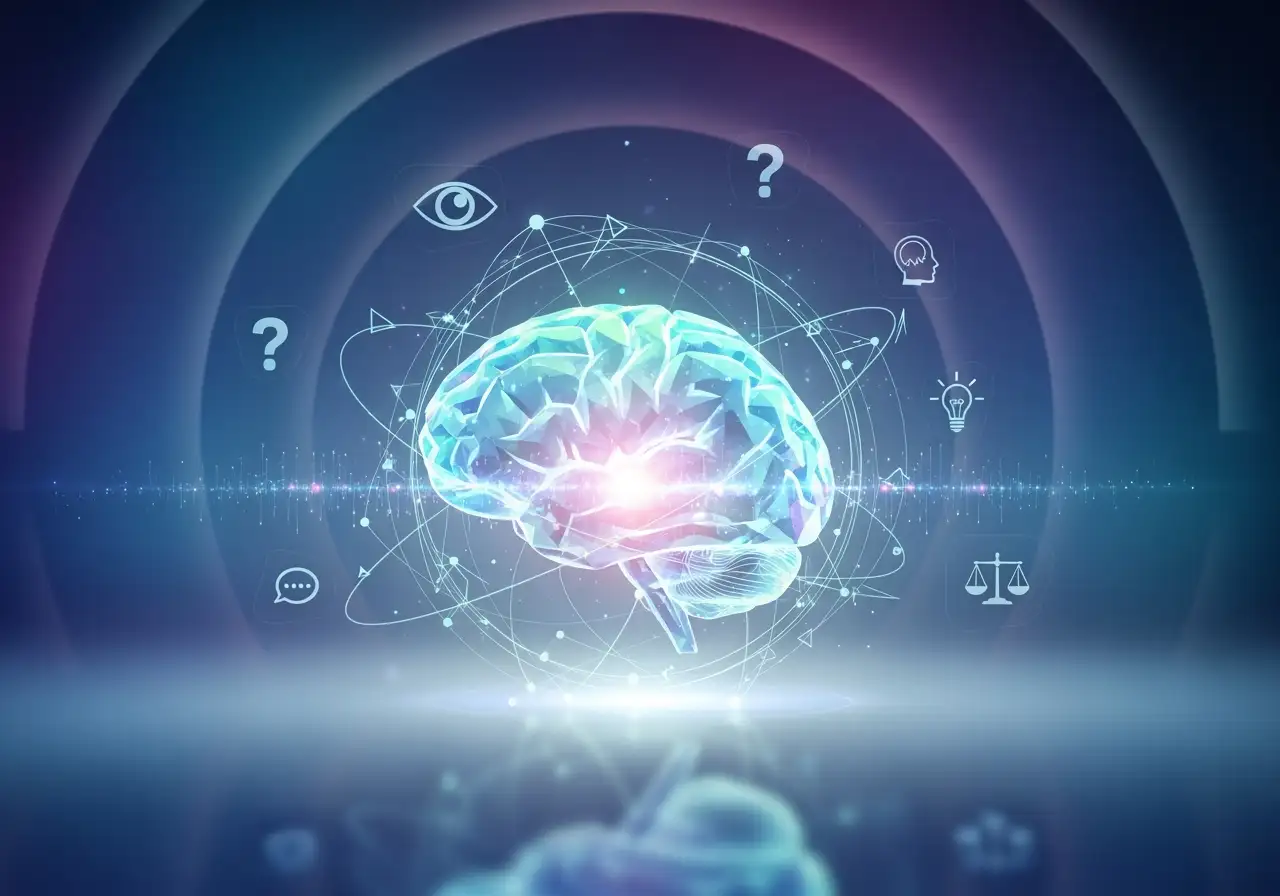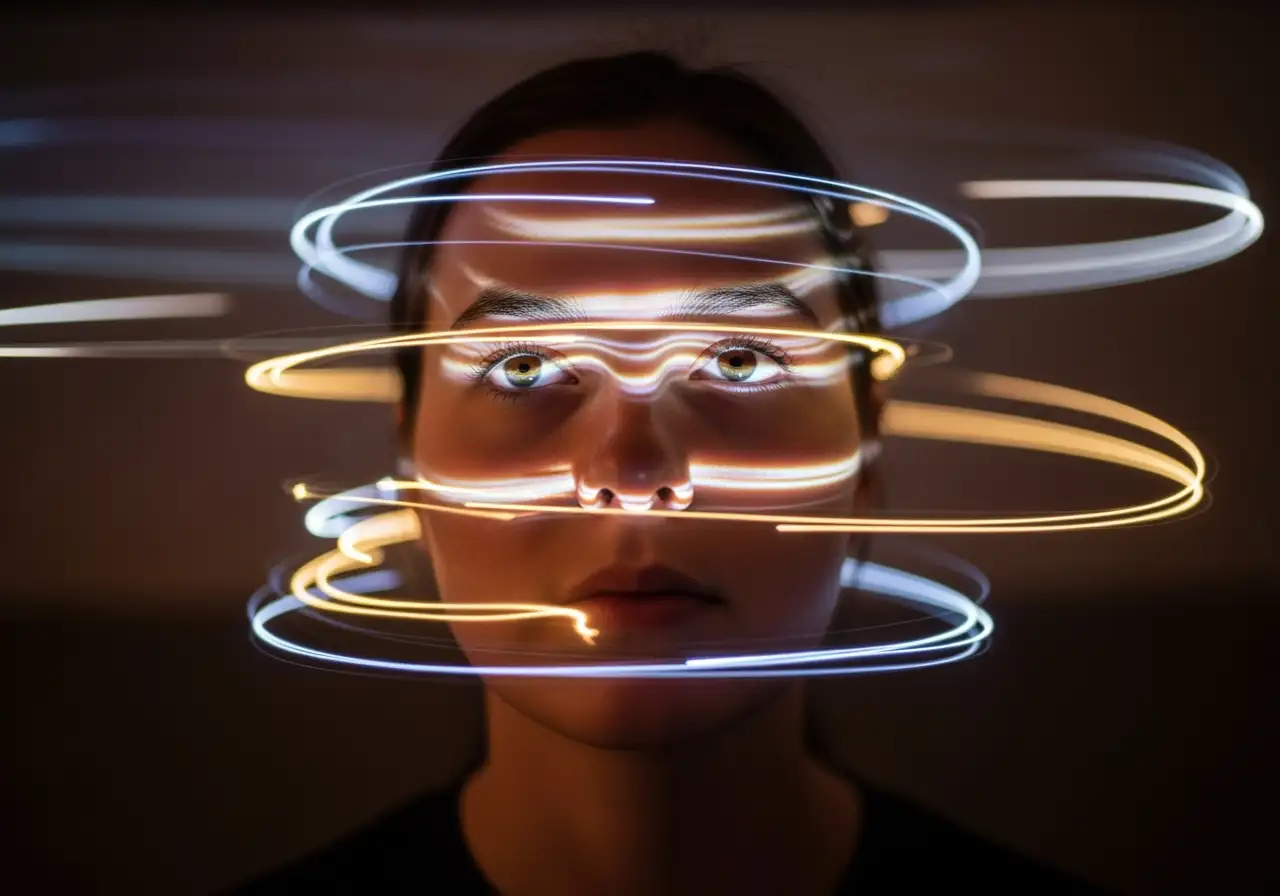Cognitive Superposition and the Art of Reality Shaping
Cognitive Superposition and the Art of Reality Shaping
Have you ever felt caught between multiple possibilities, where different choices, thoughts, or feelings all seemed equally real in your mind? Perhaps you’re weighing career paths, considering a major life change, or simply trying to decide what to have for dinner. Before you make a firm choice, your mind exists in a fascinating state, one that the Quantum Mindfulness framework likens to a core concept from quantum physics: Cognitive Superposition.
Imagine your mind as a vibrant probabilistic field of pure potential, a space where countless outcomes and actions exist simultaneously. This is Cognitive Superposition—a state where all possibilities, from the mundane to the monumental, coexist within your thoughts without one yet being dominant. It’s a dynamic landscape characterized by multiplicity, unresolved potential, and ambiguous boundaries. For instance, a graduate student contemplating their future isn’t just thinking of three distinct options like academic research, industry consulting, or entrepreneurship. Instead, their mind is holding a complex superposition of these futures. Each carries its own emotional texture, identity implications, and practical considerations, all swirling together. Until a decision is made, all these potential realities are equally real in the mind’s eye, existing as mental quanta. This inherent mental flexibility is a powerful asset, fostering creative potential and adaptability.
So, what happens next? The shift from this multi-layered state of superposition to a single, clear choice or perception is what Quantum Mindfulness calls Cognitive Collapse. This is the fundamental process by which uncertain mental states resolve into a definite reality—a specific thought, belief, or decision, leading to an actualized experience. It’s when your conscious attention, acting as the primary catalyst or collapse vector, focuses on one possibility, making it concrete while the others recede. Think of it as your mind actively choosing which wave of possibilities will solidify into your experienced reality. This process is often referred to as psychodynamic collapse or dimensional crystallization, highlighting the active role of consciousness in shaping perception.
At the heart of this process lies the intricate interplay of our ten Psychodynamic Dimensions, the fundamental energetic substrates from which all cognitions, emotions, and motivations emerge. These dimensions, from the Psycho-Volitional Dimension (Pd1) representing pure will and potential, to the Psycho-Transpersonal Dimension (Pd10) embodying our manifested reality, are constantly interacting within a cognitive emergence field. The actualization process, which transforms the raw potential of dimensional activation into a final intensity for each dimension, ultimately determines the overall mental state.
Consider the example of a busy emergency physician. Early in their shift, they might hold several possible diagnoses for a patient in superposition, carefully weighing each one through the analytical functions of the Psycho-Meditative Dimension (Pd3) and intuitive insights from the Psycho-Conceptive Dimension (Pd2). But as mental fatigue sets in, their ability to maintain these complex possibilities diminishes, potentially leading to an unconscious reactive collapse or even a traumatic collapse. This can manifest as a “psycho-volitional collapse”—where a diagnosis is settled upon too early, not through careful analysis, but due to cognitive strain and dysfunction like resolution fatigue, ontological starvation, or cognitive entropic drift. This example starkly highlights how susceptible our cognitive collapse process can be to internal and external pressures, demonstrating the negative consequences of an unresolved superposition.
Understanding cognitive superposition and cognitive collapse is more than just an academic exercise; it’s a revolutionary way to view your mental landscape, embodying the Observer-Participant Dynamic. This framework posits an Active Constitutive Force View of perception, suggesting that conscious observation is not neutral but a creative intervention that inherently modifies both the mental state and the broader field of consciousness. This means decision-making isn’t a passive process but an active one, where your conscious attention plays a pivotal role in collapsing possibilities into reality.
This understanding empowers you to cultivate Cognitive Agency and engage in Superpositional Cognitive Engineering. Instead of being a passive recipient of your mental states, you become an active architect. By developing vectorized awareness, a precise, directional mode of attention, you can leverage cognitive anchoring to stabilize your intentional commitment and navigate the probabilistic field of possibilities. This allows you to differentiate between spontaneous, unconscious reactive collapse and intentional collapse, where you deliberately guide the process. For instance, the Psycho-Volitional Dimension (Pd1), with its inherent primacy over other dimensions and its capacity to dissolve perceived limitations, is crucial for initiating this conscious guidance.
The implications for personal growth are profound. Your very identity is a dynamic construct formed by the sum and pattern of perceptions, beliefs, and self-concepts repeatedly solidified through psychodynamic collapse over time. This continuous process of belief formation, where practice becomes belief, means that repeatedly influencing your cognitive collapse patterns can durably alter underlying trait variables. This conscious reality construction is not about mere positive thinking; it’s about engaging with the fundamental architecture of your consciousness.
By becoming aware of these fundamental mental processes, you can begin to see your






